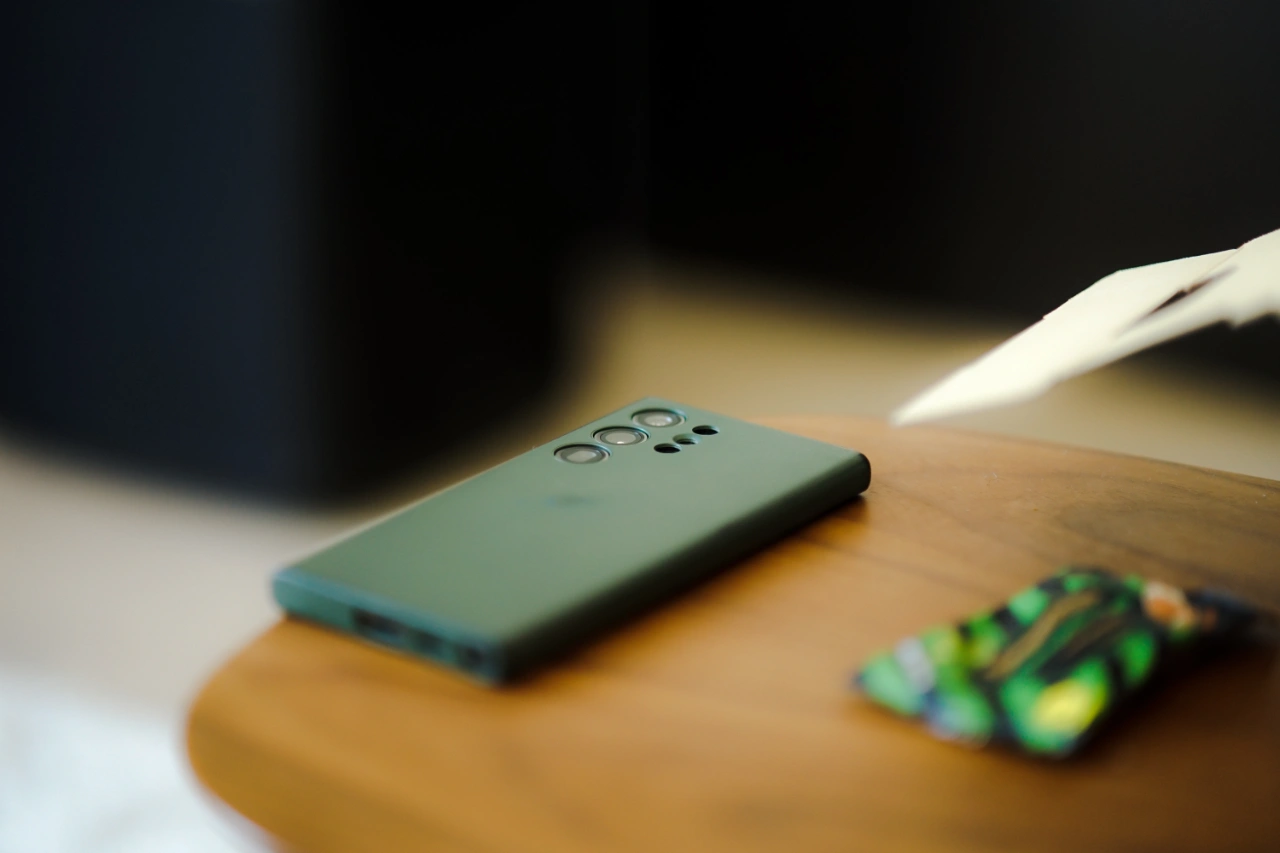
This guide will show you how to use a USB drive with your Android Phone. In today’s technology-driven world, data storage remains a crucial aspect of everyday life. While cloud storage has gained significant popularity, USB drives continue to hold their place as a reliable and portable means of data transfer and backup. Fortunately, Android phones have embraced this technology, allowing seamless integration with USB drives for convenient file management.
Understanding the Need for USB Drives on Android Phones
Android phones, with their ever-increasing storage capacities, have become the go-to devices for storing photos, videos, documents, and other digital assets. However, even the most spacious smartphones can eventually reach their limits, prompting the need for external storage solutions. USB drives, with their compact size and ample storage capacities, provide an ideal solution for expanding Android phone storage.
Prerequisites for Using USB Drives with Android Phones
Before embarking on the journey of utilizing USB drives with Android phones, it’s essential to ensure you have the necessary equipment and compatibility.
USB OTG Adapters: Bridging the Connection Gap
Most Android phones utilize the Micro-USB or USB-C ports for charging and data transfer. However, these ports are not designed to directly connect to USB drives. To bridge this connection gap, a USB On-The-Go (OTG) adapter is required. These adapters have a standard USB female port on one end and a Micro-USB or USB-C male connector on the other end, allowing you to plug in your USB drive seamlessly.
USB Drive Compatibility: Ensuring Smooth Integration
Not all USB drives are compatible with Android phones. To ensure seamless integration, it’s recommended to use USB drives formatted in FAT32 or exFAT file systems. These file systems are widely recognized by Android devices and provide compatibility across various platforms.
Connecting and Using USB Drives with Android Phones
Once you have the necessary equipment and compatibility checked, you’re ready to connect and utilize your USB drive with your Android phone. The process is straightforward and user-friendly.
Connecting the USB Drive
- Plug the USB OTG adapter into the charging port of your Android phone.
- Connect the USB drive to the USB female port of the OTG adapter.
- Your Android phone should automatically detect the connected USB drive.
Accessing and Managing Files on the USB Drive
- Open a file manager app on your Android phone. The default file manager should work seamlessly.
- Locate the USB drive entry within the file manager. It might appear under “Storage” or “External Storage.
- Browse through the contents of the USB drive, just like you would on a computer.
- You can copy, move, delete, and rename files on the USB drive using the file manager’s standard functionalities.
Ejecting the USB Drive Safely
To ensure data integrity and prevent potential corruption, it’s crucial to eject the USB drive safely before disconnecting it from your Android phone.
- Open the notification panel on your Android phone.
- Locate the notification related to the connected USB drive. It might appear as “USB storage is connected” or “USB drive connected.”
- Tap on the notification and select “Eject USB storage” or “Eject USB drive.”
- Once the ejection process is complete, you can safely disconnect the USB drive from your Android phone.
Advanced Applications of USB Drives with Android Phones
Beyond basic file transfer and storage, USB drives can be utilized for various advanced applications on Android phones.
Expanding App Storage
Many Android apps allow you to store additional data or move existing app data to an external storage device, such as a USB drive. This can be particularly beneficial for apps that consume significant internal storage.
Data Backup and Recovery
USB drives provide a convenient and reliable means of backing up important data from your Android phone. Regularly backing up your data ensures you have a secure copy in case of device loss, damage, or accidental deletion.
Summary
USB drives remain an invaluable tool for Android phone users, offering convenient data transfer, storage expansion, and backup capabilities. With their compact size, ample storage capacities, and ease of use, USB drives seamlessly integrate with Android phones, providing a versatile solution for managing your digital assets. We hope that you find this guide on how to use a USB drive with your Android Phone helpful, if you have any comments, questions, or suggestions, please let us know in the comment section below.
Image Credit: Ian Edokov
Filed Under: Android News, Guides
Latest timeswonderful Deals
Disclosure: Some of our articles include affiliate links. If you buy something through one of these links, timeswonderful may earn an affiliate commission. Learn about our Disclosure Policy.

